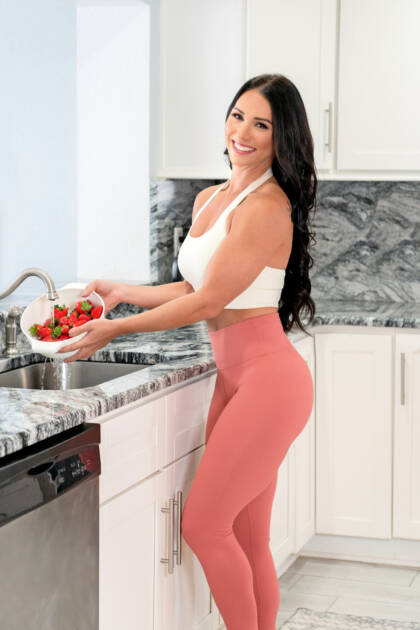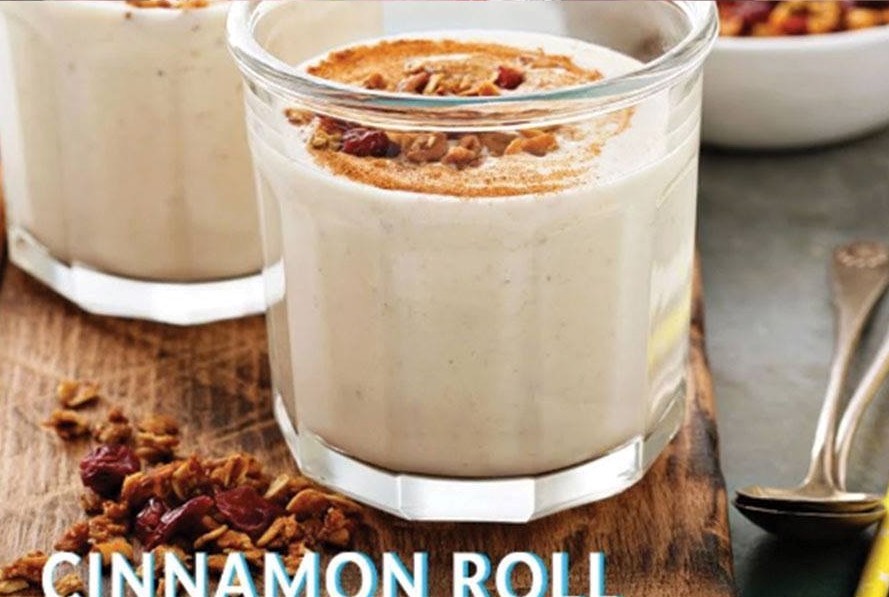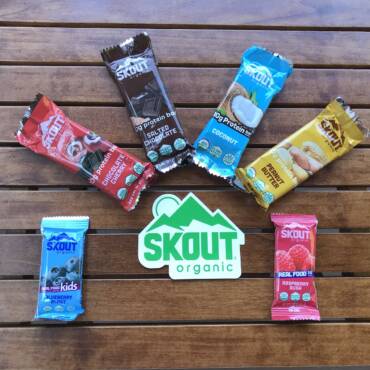When you are trying to lose weight or maintain your current weight, you may be laser focused on what you are eating between breakfast and dinner, but if you are like most people, perhaps the pitfalls really happen with what you are eating between dinner and breakfast. There are pithy little catch phrases like, “Eat after eight, gain lots of weight,” but does it really matter when you eat your calories? Knowing how your body burns fat and having a strategic plan of attack for when nighttime food cravings hit can help to keep you happily on track. Lindsay Allen, a Registered Dietician Nutritionist, shares some sage advice and suggestions on how best to tackle snacking after dark!

*What can you share with us as to why it is important to avoid the nighttime nibbles? Does it matter what you eat or when?
Timing of meals and snacks definitely matters, especially at nighttime. Most people focus on calories alone to determine their food choices; however, the composition of food is more important during this crucial time. Whether you’re trying to lose weight or prevent weight gain, I don’t recommend eating late at night. This is because you don’t want your blood sugars spiking and insulin levels rising right before bedtime. Did you know that your body burns the most fat while you’re sleeping? Your body is supposed to be in a ketogenic state, relying on the use of fat stores for fuel. Your body can’t tap into its own fat stores if insulin levels are high. What causes high insulin levels? High-carbohydrate foods, typically the ones people are snacking on late at night. It takes several hours after eating these foods for insulin to go back to baseline.

*Do you have advice on how to avoid letting nighttime cravings wreak havoc on your weight loss efforts?
First, make sure you are eating enough earlier in the day. Don’t make the mistake of fasting through the morning in an effort to “save” calories for later. This is something I see often in my practice, and it leads to major overeating and munchies later into the evening. Second, make sure your dinner is rich in protein. Protein is the most satiating macronutrient, so by making protein the star attraction at dinner time, you can prevent those nighttime cravings from happening in the first place.
A good rule of thumb is to leave 3 hours between dinner and going to sleep. However, sometimes those late-night cravings can be relentless, and with our busy lives, there will be times we end up eating later than usual! The best thing you can do in this situation is to choose snacks that keep insulin levels low and don’t cause big spikes in blood sugar levels.
The biggest mistake I see with my clients is eating carbohydrate-rich foods, like cereal, crackers or granola bars, just before bed. Although these foods are relatively low in calories, they will leave insulin elevated for hours due to their high carb content. This not only prevents fat burning but can lead to fat storing. Additionally, when insulin levels are spiked before bed, it can also decrease sleep quality by interfering with our body entering REM sleep. Better snack options at night include a mix of fiber, fat, and protein.

*What are some examples of options for nighttime snacks that you would recommend?
Here are some of my favorite snack options that won’t hinder your weight loss efforts, particularly when the urge to snack in the evening strikes:
- Celery + almond butter
- Carrots + hummus
- Sliced peppers + guacamole
- Raw almonds
- Unsweetened Greek yogurt or coconut yogurt and low-sugar fruit (berries are an excellent choice)
- For a crunchy, low-carb cracker alternative, try seed crackers! These are “crackers” made up entirely of seeds, so you get the fiber, fat, and protein, without the huge carb load. Ella’s Flats all-seed savory crisps are one of my favorites.
- No-bake protein balls (there are countless recipes for these very poppable and satisfying bites!)
- Plain rice cakes + nut butter
- One of my personal favorites: frozen yogurt berry bites! Combine plain Greek yogurt with berries in a bowl and scoop into an ice cube tray. Freeze for 2-3 hours and they are done. These are perfect to keep on hand in your freezer for when those cravings strike. Plus, it’s easy to keep track of portions using the ice cube tray method.
- For a sweet treat or for ice cream cravings, try making a protein “milkshake”. Mix vanilla or chocolate flavored protein powder with unsweetened almond milk and ice. For natural and zero-calorie sweetness, add stevia. The options for a satisfying protein shake are endless, get creative and enjoy experimenting. Here’s an example of a delicious protein shake that will feel more like a satisfying treat:
Cinnamon Roll Shake – Recipe courtesy of Burton Nutrition

Cinnamon is full of antioxidants, can help regulate blood sugar and is an anti-inflammatory powerhouse. This amber powder is nutritional gold and gives this delicious shake an extra healthy punch, so drink up!
Ingredients for one serving:
*1 Scoop Burton Nutrition (or your favorite protein powder brand) Vanilla Whey or Plant Based Protein
*1 Cup Unsweetened Almond Milk (or your milk of choice)
*1 Teaspoon Ground Cinnamon
*1 Teaspoon Vanilla Extract
*6 Ice Cubes
Garnish with a shake of cinnamon
Place all ingredients in a blender and mix until blended.
*Are there some common snacks that you would advise resisting?
Foods to avoid at nighttime include those that contain highly processed and refined carbohydrates. Breakfast cereals, crackers, pretzels, breads, and chips all fall into this category. And you should definitely avoid sugar at night, which will spike insulin levels the most.
Giving some thoughtful consideration to your nighttime snack choices will lead to good mornings!
Lindsay is a Registered Dietitian Nutritionist who helps women heal their metabolism so they can lose weight naturally and permanently. She holds a Master’s degree in Clinical Nutrition from New York University. She currently operates her own private practice, Back in Balance Nutrition, in Clearwater, FL. You can learn more about Lindsay at: www.lindsayallennutrition.com and on Instagram at @backinbalancenutrition.



